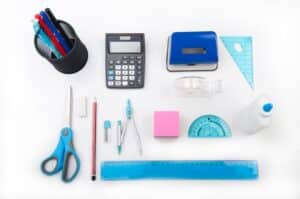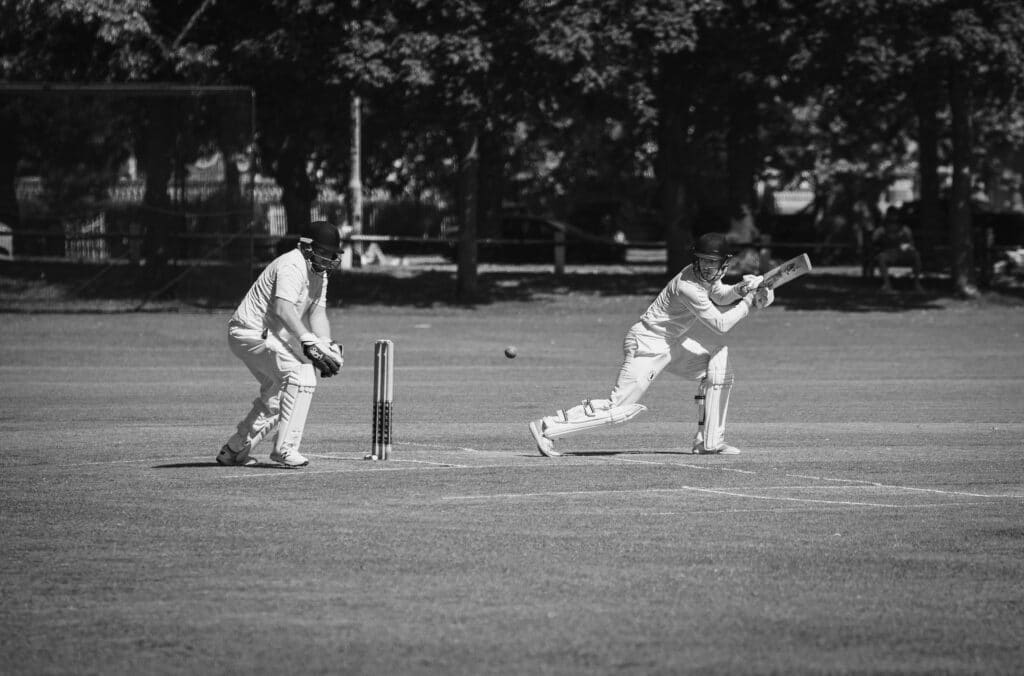Choosing a school bag
Choosing a school bag
With school back this week, we’re sure that many of you may be busy organising books, stationary and uniforms. However, it is crucial to not forget about your child’s school bag. Back pain is becoming more prevalent in children and young adolescence. In some cases, the cause of back pain can be the associated with carrying excessive loads to and from school in an ill-fitting backpack.
Not sure if your school bag is affecting your child’s back, be sure to follow our helpful tips to assist you in choosing a school bag and ensuring it is fitted correctly.
Choosing a school bag.
- Try and choose a lightweight pack with a comfortable and padded back. This not only increases comfort but will protect your child from sharp or pointy objects within the bag.
- Ensure the bag has two wide, adjustable, padded shoulder straps.
- Choose a bag with a waist belt, which helps to distribute the weight more evenly across the body. A bag with a chest strap could also assist with weight distribution.
- School bags with multiple compartments allow weight to be distributed more evenly.
How to fit your school bag.
It is important to choose a school bag that fits your child. Where possible, avoid buying a backpack for your child to “grow into”. Your child’s school bag should be comfortable enough to ensure it is comfortable to actively commute too and from school.
- The top of the backpack should not be more than 3cm higher than the shoulders, your child should be able to look up at the ceiling without their head hitting the backpack
- The backpack should be no wider than your child’s chest.
- The bottom of the bag should be slightly lower than your child’s hips
- If your child’s bag has a waist strap, it should wrap around the body just below the bony part of your child’s waist. This allows some of the bags weight to be taken by the hips, reducing the load on the back and shoulders
- Some bags may also feature a chest strap, which joins the two shoulder straps. To help take strain off the shoulders it should be positioned approximately 6cm below the collarbone.
What can I do at home to help?
- Encourage your child to plan ahead and only carry what is required.
- Ideally children should never carry more than 10% of their body weight for prolonged periods of time.
- Pack heavy items closest to the back. This will ensure the backpack doesn’t sag or slip down.
- Encourage your child to wear the backpack over both shoulders and avoid swinging bags excessively when commuting too and from school.
- Actively commute too and from school where possible. Walking, cycling or using a scooter can be great ways to encourage regular exercise and activity. If doing a school pick up, try walking with your child from the pick up zone to your car.
At Malvern East Physiotherapy, our physiotherapists work with a range of schools to improve spinal health. Contact us today to organise a FREE school bag fitting for your child or to arrange one of our qualified physiotherapists to come to your school, call us or book online today.


